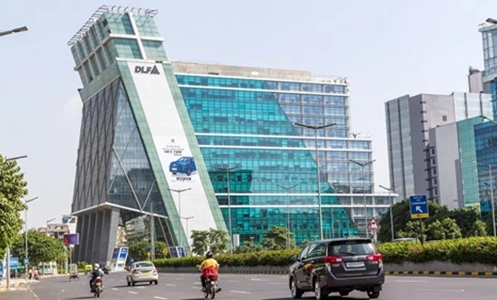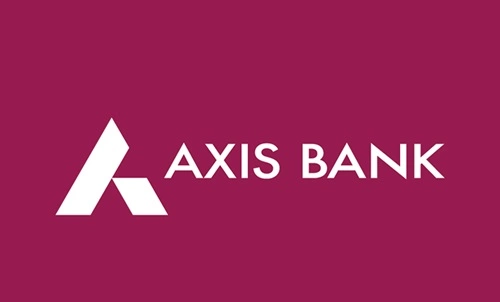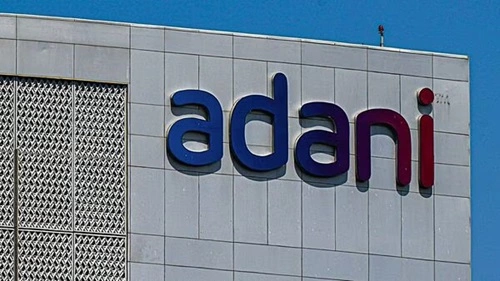Delhi Land & Finance (DLF Limited) is a company that develops commercial real estate. Its headquarters are in New Delhi, India, and Chaudhary Raghvendra Singh created it in 1946. Model Town, Kailash Colony, Rajouri Garden, South Extension, Krishna Nagar, Greater Kailash, and Hauz Khas are just a few of the residential colonies within Delhi that DLF has built. DLF develops office, retail, and residential real estate.
Rajiv Singh, the DLF Group’s current chairman, oversees the business. With a net worth of US$8.8 billion, Kushal Pal Singh, Chairman Emeritus, is the 19th richest individual in India, as per Forbes’ list of the world’s wealthiest billionaires for 2023.
The local government took over real estate development management in 1957 when the Delhi Development Act was passed, outlawing private real estate developers from Delhi City. As a result, DLF started buying land in the neighboring state of Haryana and the Gurgaon region for comparatively little money outside the boundaries of the Delhi Development Authority. The company began working on the DLF City project within Gurgaon in the middle of the 1970s. This comprised development initiatives about infrastructure, hotels, and special economic zones.

DLF Company Details
| Company Name | DLF Limited |
| Origin Country | India |
| Founded | 1946 |
| Founder | Chaudhary Raghvendra Singh |
| Chairman | Rajiv Singh |
| Managing Director | Tyagi Devinder Singh |
| Headquarters | New Delhi, India |
| Industry | Real Estate, Infrastructure |
| Key Offerings | Residential and Commercial Properties, Shopping Malls, Infrastructure Development |
| Number of Employees | Over 1,000 (as of last update) |
| Official Website | www.dlf.in |
DLF Business Model
The development of retail, commercial, and residential real estate is DLF’s main line of business. With revenue from both development plus rentals, the company has a distinctive business strategy. It reaches industries, markets, and regions. Additionally, DLF has ventured into the SEZ, hotel, and infrastructure sectors. DLF Real Estate Management’s business operations encompass land, construction, design, facilities, and marketing, allowing for a smooth real estate business model integration. A group of experts with broad experience in many areas oversees this array of services.
DLF’s Business model mainly consists of two models:
- Development Business
- Annuity Business
How does DLF Make Money: Revenue Generation
Development Business: DLF’s development business is mainly concerned with constructing and marketing residential real estate, emphasizing high-end, luxury developments. This includes planned developments, villas, houses, apartments of all sizes, and integrated townships. Some shopping and commercial complexes, particularly those essential to the residential developments to which they are related, are also a part of the development business. The development business is further divided by DLF into 3 geographic segments: Gurgaon, Super Metros, plus the rest of India. All activities throughout the product value chain, including land acquisition, obtaining approvals, launch, sales & marketing, project planning and execution, and delivering the developed property to the clients, are the sole responsibility and accountability of these three geographical segments.
Lease Business: The Company leases its developed retail and commercial properties as part of its lease business. Getting returns on investments in its portfolio assets within a set time frame is one of its main leasing business goals. Achieving high occupancy rates for the leased portfolio properties is another important goal. Completed commercial and retail properties with a leasable area of 23.8 msf made up DLF’s leasing business, which generated earnings of almost 1,635 crores.
Hotels: DLF recently sold a sizable chunk of its interests in the hospitality industry, including its stake in Adone Hotels and Hospitality Limited, which owned numerous land parcels connected to the hospitality industry. This move was made as part of DLF’s recent efforts to exit non-core assets and non-strategic businesses. DLF signed a share purchase agreement to sell all 100% of its ownership in Silverlink, the company that runs several resorts under the “Aman Resorts” name. The Lodhi, a hotel property in New Delhi, was not part of this transaction, though, and DLF kept ownership and management of it.
Insurance: To develop, market, promote, and sell life insurance products in India, DLF now owns a 74% equity position in the joint venture firm with Prudential International Insurance Holdings, based in the United States.
Wind Assets: DLF Home Developers Ltd. (DHDL), a wholly owned subsidiary of DLF, and Violet Green Power Private Limited (Violet) signed a business transfer agreement to transfer DHDL’s project, which consists of 33 MW of wind turbines in Rajasthan. DHDL has given Tulip Renewable Powertech Private Limited (Tulip) ownership of its project, consisting of three wind turbines with a combined capacity of 34.5 MW in Tamil Nadu.
Conclusion
DLF makes money through DLF’s primary sources of income, which are income from rented properties that have been built, sales of plots and land, contracts for construction, energy sources, and services for hospitality and recreational facilities.














